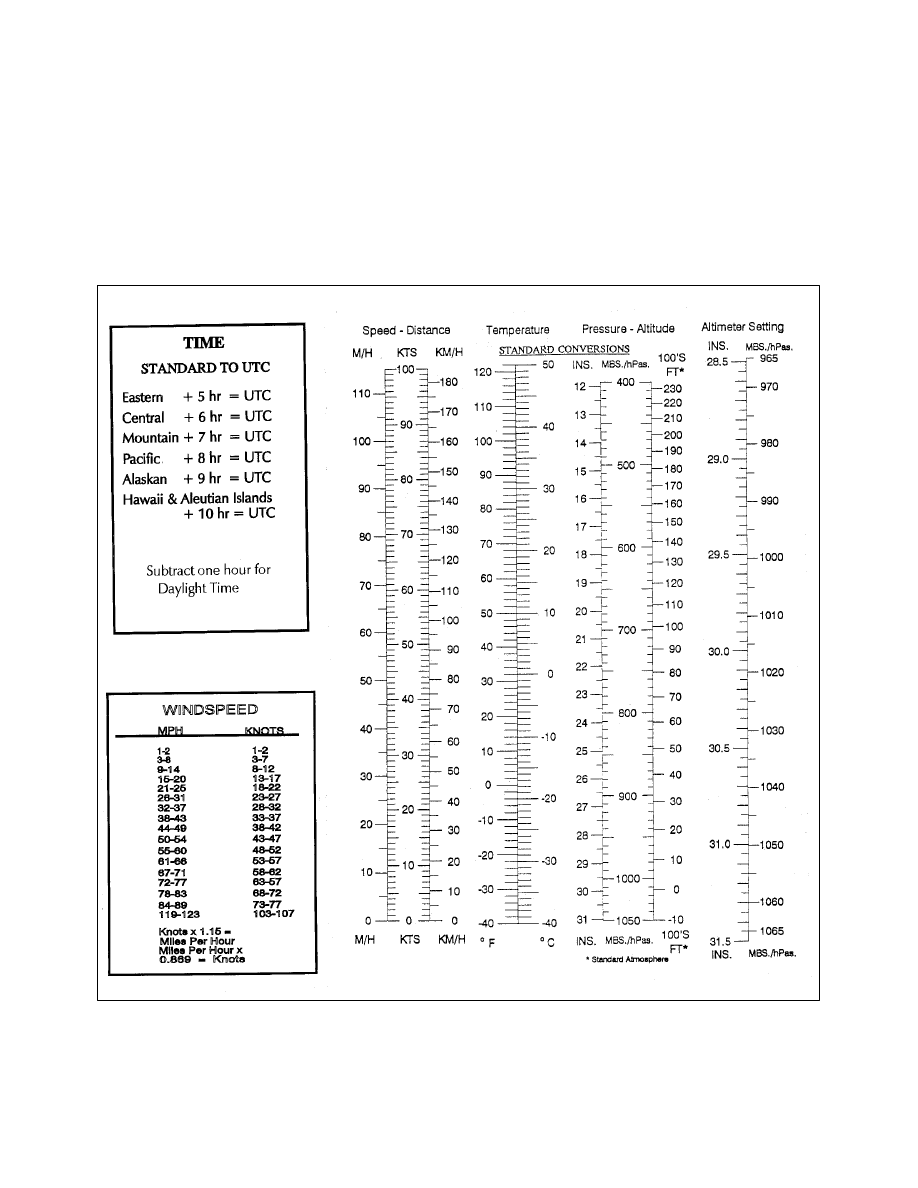
AIM
4/20/23
between the NWS, the FAA, and various industry and research representatives. This collaboration ensures that
user needs and technical readiness requirements are met before experimental products mature to operational
application.
d.
The AWRP manages the transfer of aviation weather R&D to operational use through technical review
panels and conducting safety assessments to ensure that newly developed aviation weather products meet
regulatory requirements and enhance safety.
FIG 7
−
1
−
1
Weather Elements Conversion Tables
e.
The AWRP review and decision
−
making process applies criteria to weather products at various stages . The
stages are composed of the following:
1.
Sponsorship of user needs.
7
−
1
−
4
Meteorology